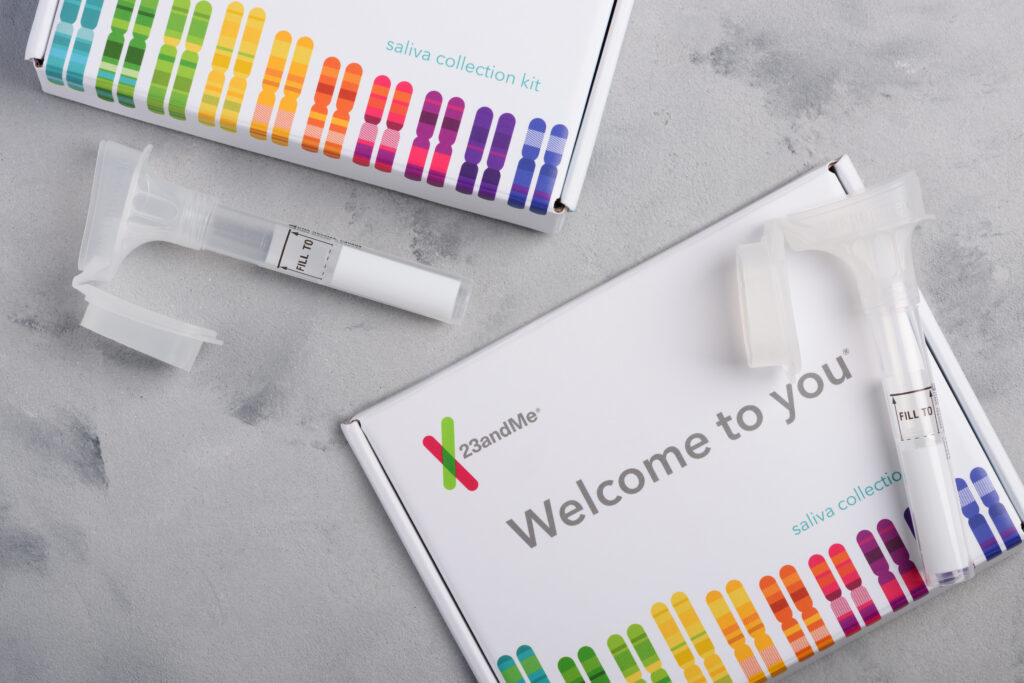The fallout from 23andMe’s recent data breach continues to reverberate, stirring concerns not only about individual data security but also about the broader implications for genetic testing companies and the regulatory landscape. In a follow-up to our original coverage, let’s take a closer look into the evolving narrative surrounding the incident, examining key facets and subsequent developments.
Scope Expansion: From Thousands to Millions
The breach’s scope expanded substantially, raising alarms among users and regulatory bodies. Originally thought to affect around 14,000 individuals, the breach escalated to impact millions due to the interconnected nature of user accounts and DNA relatives
23andMe confirmed the unauthorized access to the personal data of approximately 6.9 million users, a staggering number that further amplifies the gravity of the breach. The compromised information included ancestry reports, DNA data, birthdates, and self-reported locations, painting a distressing picture of potential vulnerabilities in data security. This revelation emerges in contrast to the initial acknowledgment, which suggested a significantly smaller impact on users.
Understanding the Root Cause
While 23andMe emphasized the role of reused passwords from separate breaches on other platforms as the point of entry, questions linger about the adequacy of the company’s security measures and the need for stringent authentication protocols
They swiftly responded by mandating password resets and introducing two-step verification, aiming to fortify user security. However, legal ramifications ensued, with multiple class-action lawsuits and regulatory scrutiny looming over the company’s operations.
SEC Amendment
An amendment to the SEC filing shed light on the incident’s intricacies, providing insight into 23andMe’s response timeline, the extent of unauthorized access, and the legal and financial repercussions.

Trust Erosion and Industry Standards
The breach raises pertinent questions about user trust in genetic testing services and underscores the pressing need for robust cybersecurity practices. It also emphasizes the necessity for stringent industry-wide standards and proactive security measures. As the breach draws regulatory attention, it highlights the need for stricter regulations and oversight within the genetic testing industry to safeguard sensitive personal data and ensure user privacy.
Navigating the Fallout
The aftermath of the 23andMe data breach extends beyond the immediate security implications. It underscores the urgency for companies to prioritize user data protection and proactively fortify cybersecurity measures. Moreover, it signals a pivotal moment for regulators to reevaluate existing frameworks and enact stringent policies to safeguard individuals’ genetic information.
The evolving narrative around the 23andMe breach serves as a stark reminder of the intricate interplay between cybersecurity, user trust, regulatory oversight, and industry standards.
Go Deeper –> 23andMe confirms hackers stole ancestry data on 6.9 million users – TechCrunch






